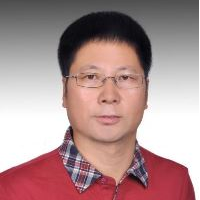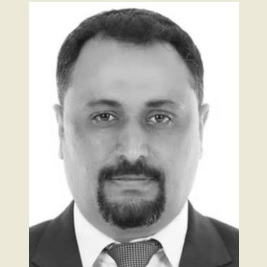Microwave Sensors for Industrial Applications
A special issue of Sensors (ISSN 1424-8220). This special issue belongs to the section "Industrial Sensors".
Deadline for manuscript submissions: 31 July 2024 | Viewed by 13559
Special Issue Editors
Interests: microwave sensors and applications; dielectric characterization; millimeter wave terahertz radiation sources and amplifiers; micro-nano integrated vacuum electronics and systems; semiconductor vacuum transistors; terahertz devices and systems; terahertz spectroscopy and imaging systems
Interests: microwave sensors; inverse modeling; optimization; complementary metamaterial; dielectric characterization; industrial applications; millimeter and THz devices
Special Issues, Collections and Topics in MDPI journals
Special Issue Information
Dear Colleagues,
Microwave sensors have applications in many different industries, including the biomedical, electronic, energy, and food sectors. This is because of their quick response time, sturdy design, high sensitivity, and good accuracy. These sensors are divided into two types: resonant and non-resonant. Transmission lines (such as coaxial lines, coplanar waveguides, and microstrip lines) are used in non-resonant broadband dielectric spectroscopy of materials (solids, liquids, and gases). This technique is used to derive material properties by analyzing the physical transmission mode or implying the distributed per unit length capacitance and conductance of a transmission line. Another approach that is gaining popularity is resonant, which uses metamaterial resonators to achieve high sensitivity in a specific frequency band. The basic idea behind these sensors is to measure changes in resonant frequency or quality factor caused by changes in the physical or electromagnetic properties of the sample under test. The modeling, optimization, and rapid redesign of these sensors for operating parameters and specifications pertinent to different application areas, including agriculture, aerospace, defense, electronics, and healthcare, remain some of the significant challenges.
We invite authors with both industrial and scientific backgrounds, working in any area of microwave sensing and applications, to submit their original manuscripts for consideration in this Special Issue. Specific areas of interest include but are not limited to:
- Microwave sensors;
- Non-destructive testing (NDT);
- Dielectric characterization;
- Microwave measurements and system design;
- Microwave sources and detectors;
- Metamaterial and complementary metamaterial;
- Optimization and modeling;
- Industrial applications;
- Rapid prototyping;
- Resonant and non-resonant approaches.
Prof. Dr. Cunjun Ruan
Dr. Tanveer Ul Haq
Dr. Bashar Ali Fraea Esmail
Guest Editors
Manuscript Submission Information
Manuscripts should be submitted online at www.mdpi.com by registering and logging in to this website. Once you are registered, click here to go to the submission form. Manuscripts can be submitted until the deadline. All submissions that pass pre-check are peer-reviewed. Accepted papers will be published continuously in the journal (as soon as accepted) and will be listed together on the special issue website. Research articles, review articles as well as short communications are invited. For planned papers, a title and short abstract (about 100 words) can be sent to the Editorial Office for announcement on this website.
Submitted manuscripts should not have been published previously, nor be under consideration for publication elsewhere (except conference proceedings papers). All manuscripts are thoroughly refereed through a single-blind peer-review process. A guide for authors and other relevant information for submission of manuscripts is available on the Instructions for Authors page. Sensors is an international peer-reviewed open access semimonthly journal published by MDPI.
Please visit the Instructions for Authors page before submitting a manuscript. The Article Processing Charge (APC) for publication in this open access journal is 2600 CHF (Swiss Francs). Submitted papers should be well formatted and use good English. Authors may use MDPI's English editing service prior to publication or during author revisions.
Keywords
- microwave sensors
- non-destructive testing (NDT)
- dielectric characterization
- microwave measurements and system design
- microwave sources and detectors
- metamaterial and complementary metamaterial
- optimization and modeling
- industrial applications
- rapid prototyping
- resonant and non-resonant approaches








